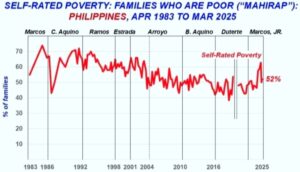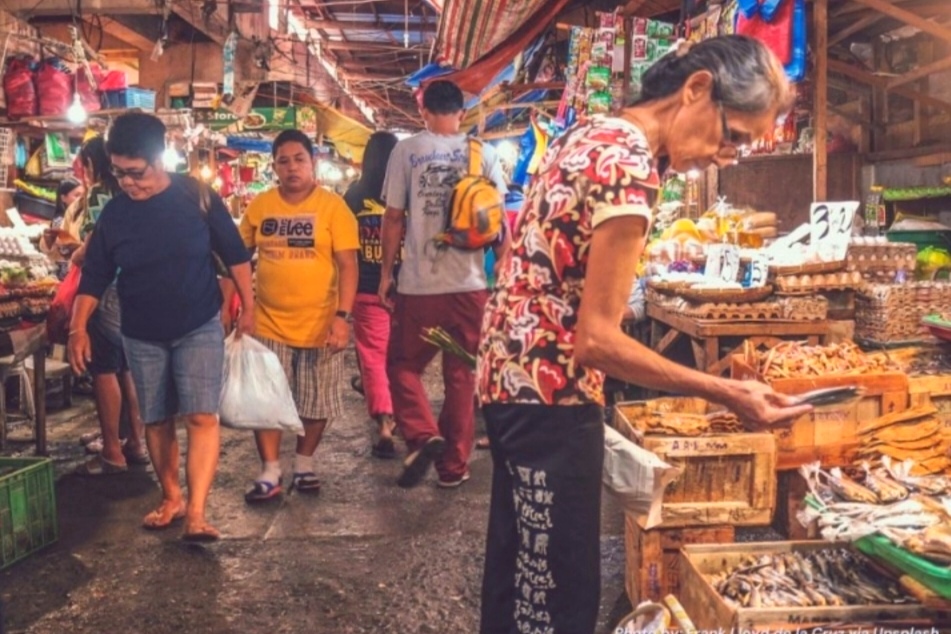Hunger rises sharply among poor families — SWS

Hunger surged sharply among the country’s poorest households in March, underscoring the deepening hardship faced by millions of Filipino families, according to the latest national survey by Social Weather Stations (SWS) commissioned by the Stratbase Group.
The survey, conducted from March 15 to 20, found that 27.2% of families experienced involuntary hunger — meaning they went hungry at least once in the past three months because they had nothing to eat. The hunger rate was far more severe among families who identified themselves as poor, jumping from 26.4% in February to 35.6% in March.
The March poll also revealed that 52% of families considered themselves poor, up slightly from 51% the previous month. The figure translates to an estimated 14.4 million families, based on projections from the Philippine Statistics Authority.
The proportion of Filipinos who rate themselves as poor has remained stubbornly high since December 2024, when the figure briefly dropped to 50% in January 2025 after peaking at 63% earlier that month.
Self-Rated Poverty has long been tracked by SWS through quarterly surveys, with the earliest data showing 55% of families identified as poor in April 1983. The highest on record was 74% in July 1985, while the lowest was 38% in March 2019.
Regional disparities were clear in the latest report. The Visayas posted the highest poverty rate at 62%, followed by Mindanao at 60%, Balance Luzon at 46%, and Metro Manila at 41%. Compared to February, poverty rates climbed in the Visayas and Balance Luzon but dipped in Mindanao and Metro Manila.
The survey also showed 12% of families placed themselves on the borderline between poor and not poor — slightly lower than February’s 13%. Meanwhile, 36% identified as not poor, the highest level on record, holding steady for three consecutive months since January.
Despite this, hunger remained a persistent threat across social classes. While the rise was most severe among the poor, hunger also edged up among non-poor families — those identifying as borderline or not poor — from 16.2% in February to 18.3% in March.
The survey covered 1,800 adult respondents nationwide through face-to-face interviews: 300 each in Metro Manila, the Visayas, and Mindanao; and 900 in Balance Luzon.



0 Comment